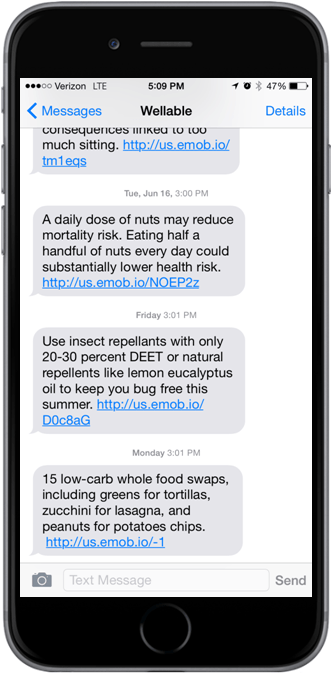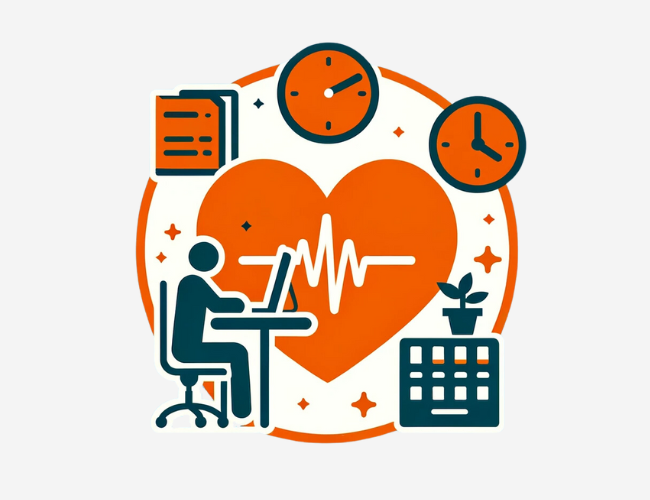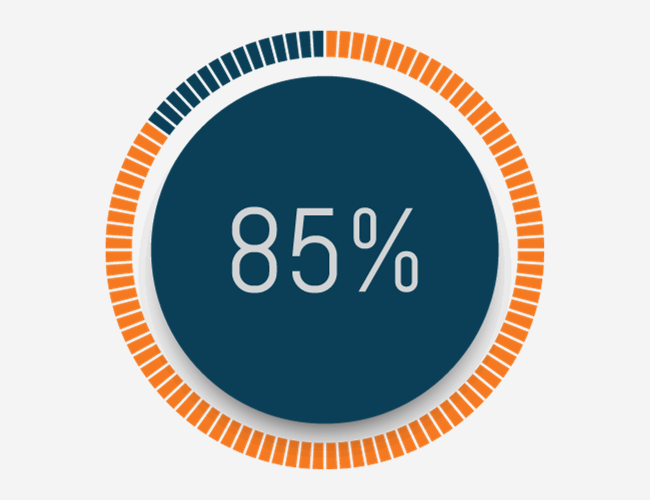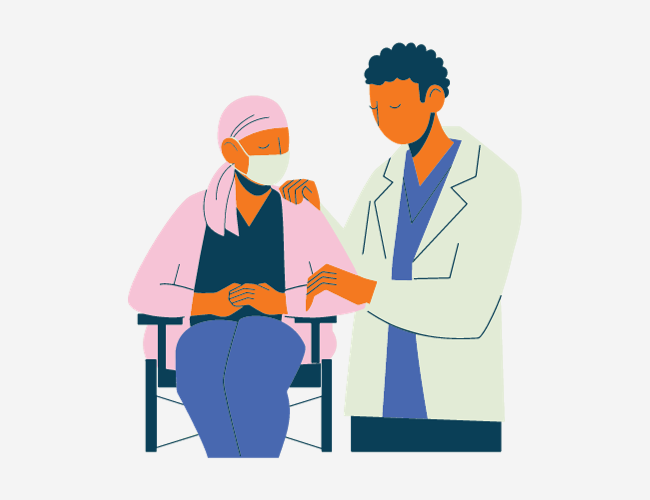New research published in Diabetes Care shows that text messaging support may be conducive to clinically significant weight loss for patients with prediabetes. The study, which evaluated 163 adult patients from Sam Sandos Westside Family Health Center of the Denver Health integrated health care system, found that mean weight reduction was 0.6 pounds in the control group vs. 2.6 pounds in the intervention group. Seventeen patients in the control group lost 3% of baseline weight vs. 30% in the intervention group. No significant difference was seen in 5% decrease in weight from baseline.

The intervention included six text messages per week, grouped around a Diabetes Prevention Program (DPP) curriculum theme. The messages fell into the following categories: skill teaching, motivation, stress reduction, specific recipes, links to additional website resources, and activity promotion messages. The control group, similar to the intervention group, had access to all standard-of-care weight-loss resources at Denver Health, including DPP classes and appointments with a nutritionist or nurse, but did not receive text messages. Participants were weighed at baseline and 12 months.
The specific intervention is very important. The researchers did not create new curriculum; rather, they used the DPP curriculum and distributed it via text messaging. Similar results have been found in other studies, which leads us to believe that the power is in text messaging. Since 90% of all text messages are read within 3 minutes, it only makes sense that distributing content via text messaging improves the chances that it is read and consumed, which leads to better outcomes. No matter how great content may be, the ability for health education to impact behavior is limited by whether or not an individual actually reads the information. Unlike email, text messages have extremely high open and read rates, which ensure that the content reaches the user. It is research like this that builds the foundation of Wellable’s Health Content platform, which includes the distribution of quality consumer-oriented health content via text messaging.












